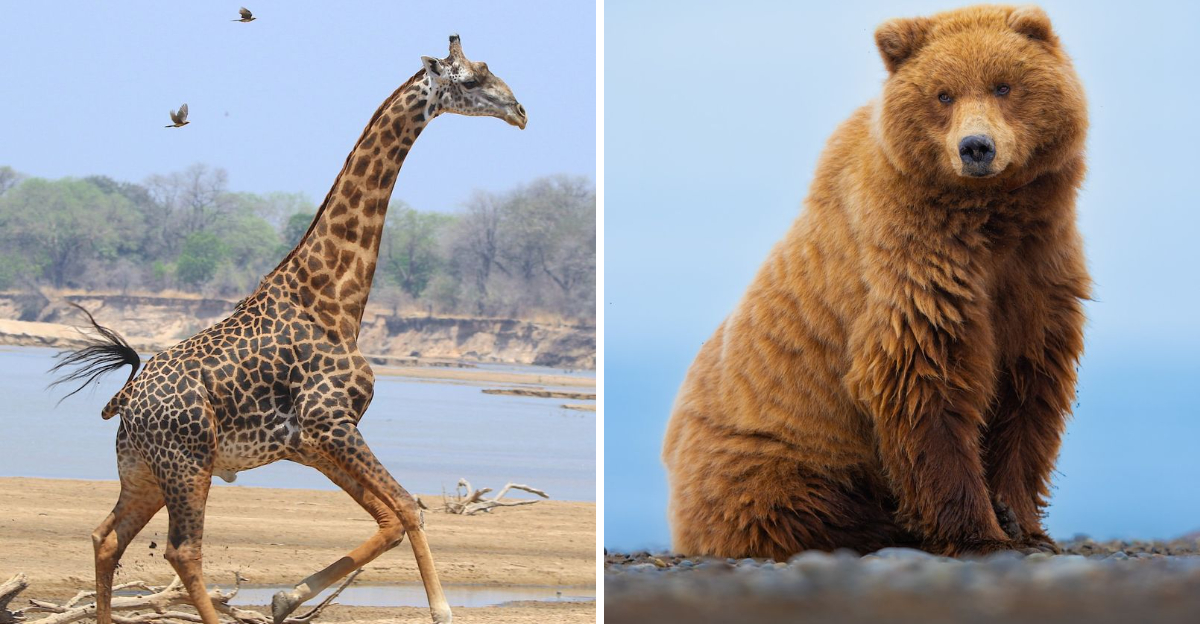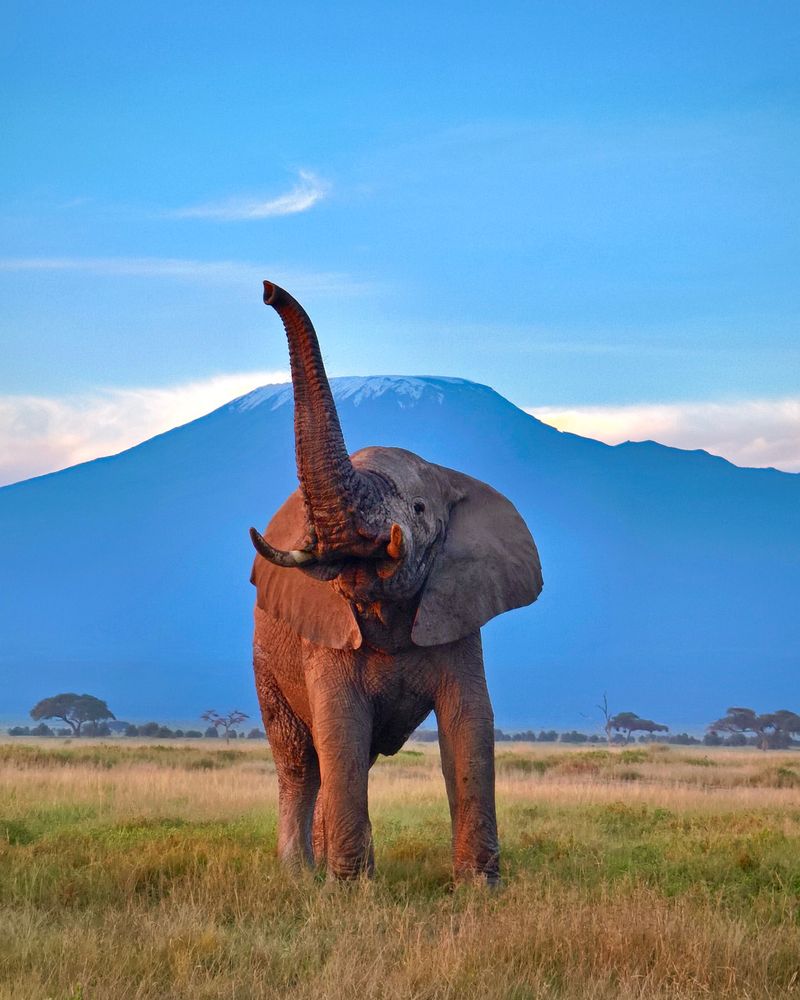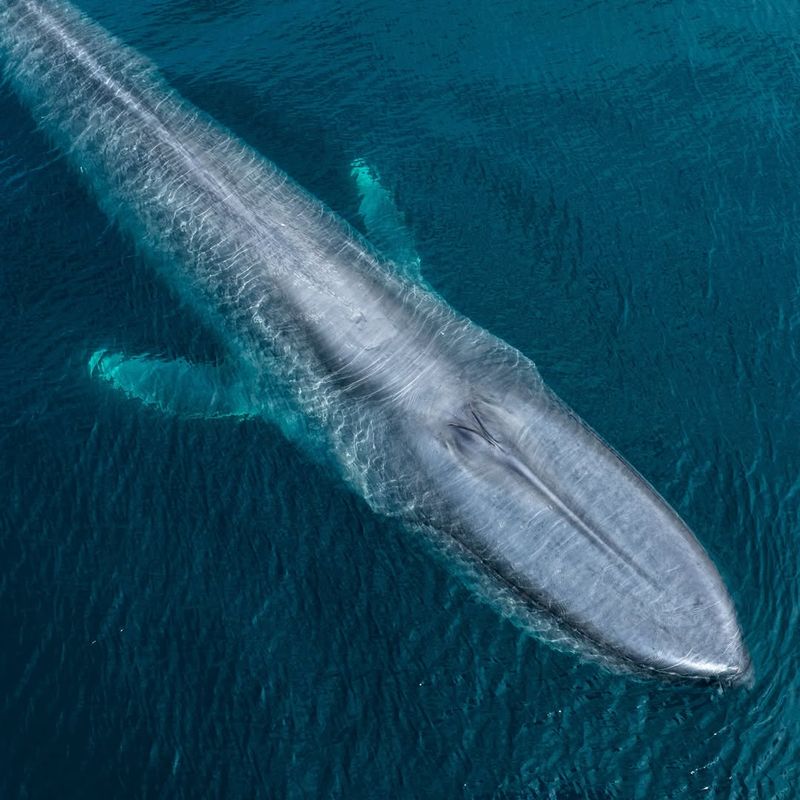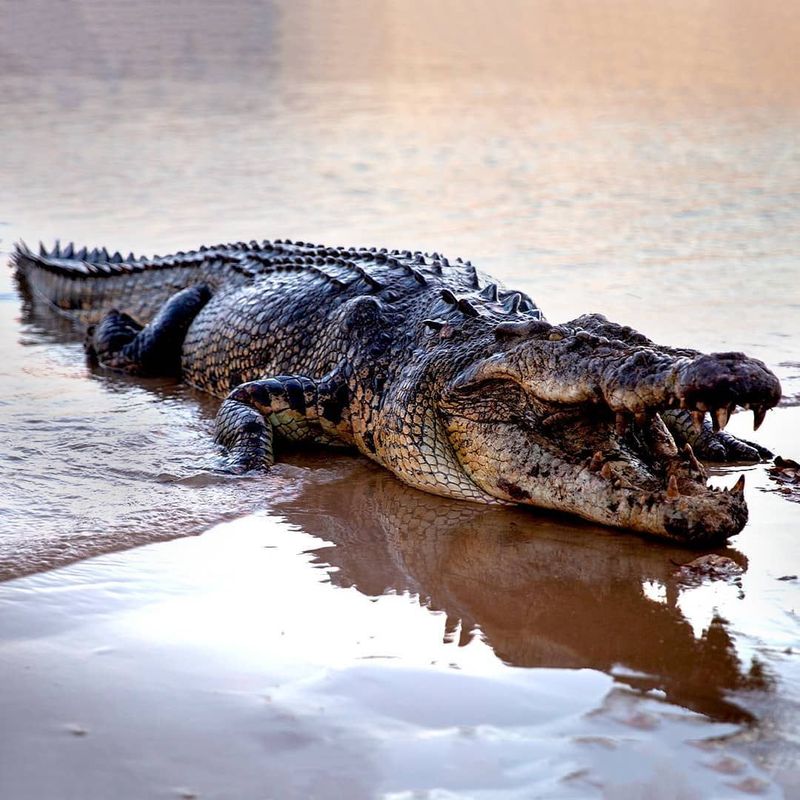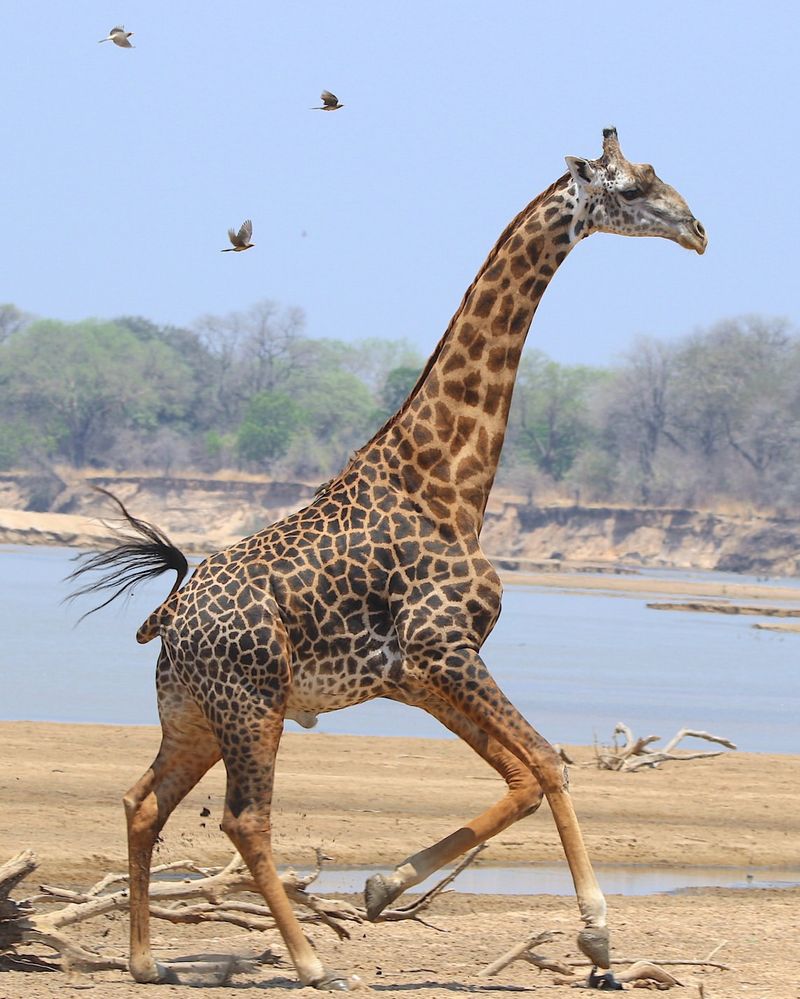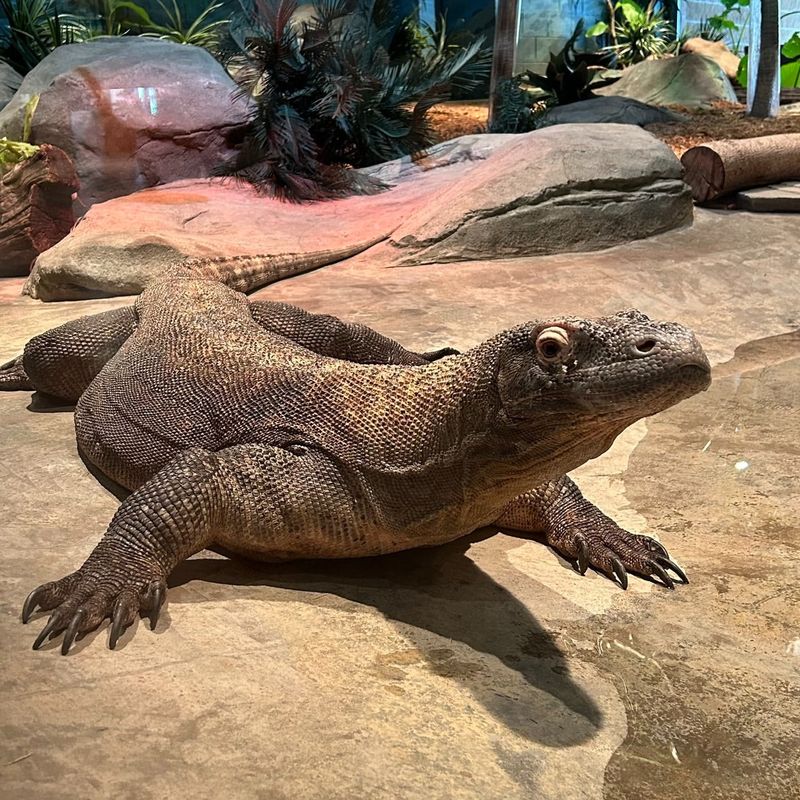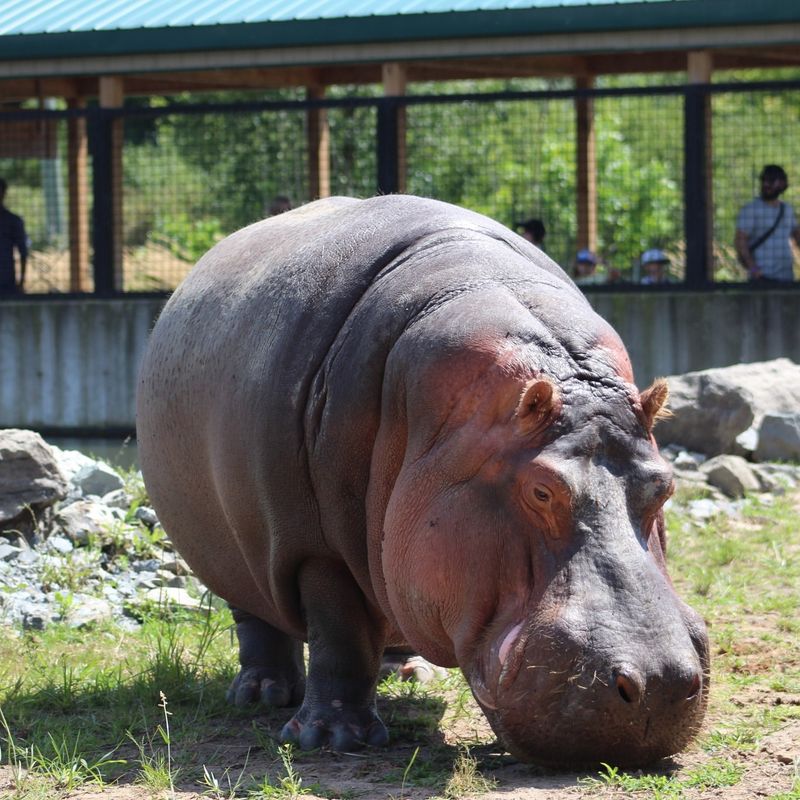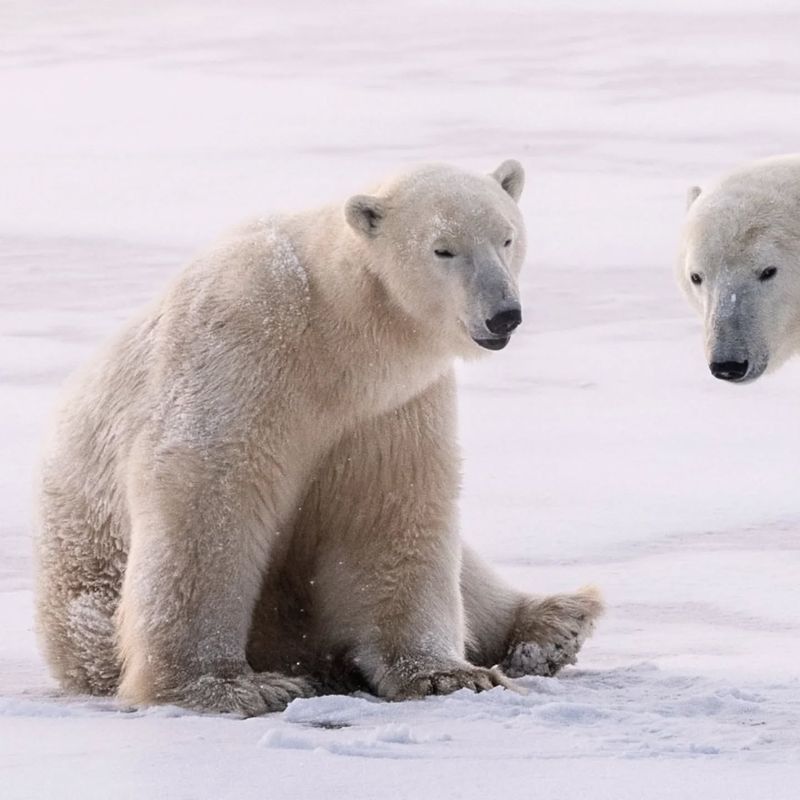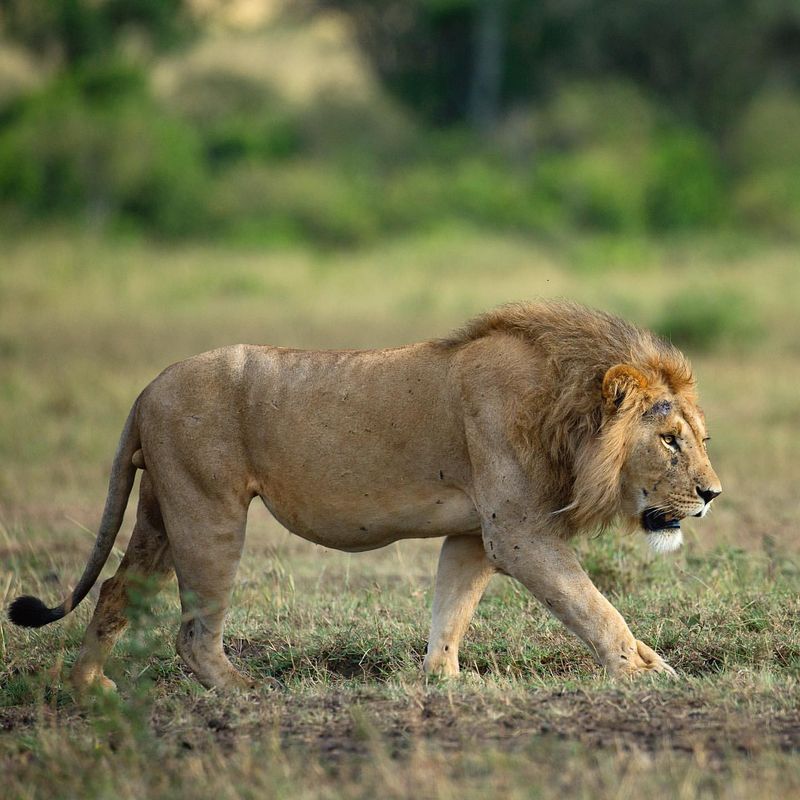📖 Table of Content:
The animal kingdom boasts a stunning array of creatures that dominate their environments with unparalleled size and strength. These giants, whether found in lush jungles or vast oceans, command attention and respect with their extraordinary presence. Their sheer scale and fascinating adaptations make them some of nature’s most awe-inspiring marvels.
From towering elephants and massive whales to colossal reptiles and birds with enormous wingspans, these creatures are true rulers of their domains. Each plays a vital role in maintaining the balance of their ecosystems, often shaping the landscapes and environments they inhabit. Their impressive size is matched by their ability to adapt, thrive, and sometimes even intimidate.
Studying these magnificent giants reveals not only their biological significance but also their cultural and symbolic importance across human history. They remind us of nature’s diversity and the incredible extremes life can achieve. Let’s dive into the lives of 10 such extraordinary creatures that continue to captivate and inspire awe around the globe.
1. African Elephant
Gracefully traversing the savannah, the African elephant reigns as the largest land animal. Towering up to 13 feet tall and weighing as much as 12,000 pounds, these gentle giants showcase remarkable adaptations. Their oversized ears, for instance, serve as natural cooling systems, helping them thrive in their warm habitat.
Despite their size, elephants are known for their intelligence and strong social bonds. They communicate through low-frequency rumbles that travel long distances. As keystone species, their movements shape ecosystems. Protecting them is crucial, as they face threats from poaching and habitat loss.
2. Blue Whale
The blue whale is the largest animal to have ever existed on Earth. These ocean giants can reach lengths of up to 100 feet and weigh as much as 200 tons. Despite their size, they are filter feeders, consuming tiny krill.
Blue whales communicate through loud, low-pitched moans and can be heard over vast ocean distances. Their sheer size is awe-inspiring, reminding us of the ocean’s mysteries. Conservation efforts are critical as these magnificent creatures face threats from ship strikes and environmental changes.
3. Saltwater Crocodile
Ruling the waters of Southeast Asia and Australia, saltwater crocodiles hold the title of the largest reptiles. Stretching up to 23 feet in length and weighing more than 2,000 pounds, these formidable predators are masters of ambush hunting—a technique as efficient as it is lethal.
They inhabit rivers, estuaries, and coastal areas, blending seamlessly into their surroundings as they wait for prey. Despite their fearsome reputation, crocodiles play a crucial role in maintaining healthy ecosystems. Protecting them ensures the balance of these aquatic environments.
4. Giraffe
Towering above the landscape, giraffes claim the title of the tallest mammals on Earth. With iconic long necks, they reach heights of up to 18 feet, effortlessly browsing treetops for sustenance. Even their legs surpass the height of many humans, a testament to their extraordinary stature.
These gentle giants roam the African savannah, playing a vital role in their ecosystem by spreading seeds. Their unique appearance and gentle nature make them beloved worldwide. However, giraffe populations are declining, making conservation efforts essential to their survival.
5. Brown Bear
Formidable predators both on land and in water, brown bears dominate the wilds of North America, Europe, and Asia. Weighing up to 1,500 pounds and standing over 5 feet tall on all fours, these powerful creatures are icons of strength and adaptability in their diverse habitats.
Their powerful build allows them to catch salmon with precision and dig for roots. Despite their size, they’re known for their curious and playful nature, especially as cubs. Protecting their habitats is vital as they face threats from human encroachment and climate change.
6. Anaconda
A true giant of the Amazon, the anaconda holds the title of the world’s heaviest snake. Stretching over 30 feet in length and weighing as much as 550 pounds, these remarkable reptiles excel as master swimmers, thriving in the swamps and rivers they call home.
Anacondas are powerful constrictors, capable of subduing large prey with ease. Their elusive nature and immense size make them a fascinating subject of folklore. Protecting their habitat is crucial to preserving the rich biodiversity of the Amazon.
7. Komodo Dragon
A true apex predator, the Komodo dragon stands as the largest living lizard. Native to several Indonesian islands, these formidable reptiles can reach lengths of up to 10 feet and tip the scales at over 300 pounds, embodying power and dominance in their environment.
Their keen sense of smell and powerful bite make them formidable hunters. Despite their fearsome reputation, Komodo dragons are vulnerable to habitat loss and human impact. Conservation efforts are key to their survival, ensuring these ancient creatures continue to thrive.
8. Hippopotamus
Among Africa’s most dangerous animals, hippopotamuses command attention with their immense size and power. Weighing as much as 4,000 pounds, they rank second only to elephants among land mammals. To escape the heat, hippos spend much of their time submerged in water, a behavior that defines their semi-aquatic lifestyle.
Their large mouths and sharp teeth make them surprisingly aggressive when threatened. Despite their bulk, hippos can run quickly on land. Protecting their aquatic habitats is essential as they face threats from habitat loss and climate change.
9. Polar Bear
Ruling the icy expanse of the Arctic, polar bears hold the title of the largest carnivorous land mammals. Weighing up to 1,500 pounds, they are marvelously adapted to their frigid environment, boasting thick fur and insulating blubber that enable their survival on the ice.
Their hunting skills are unmatched, as they stalk seals across the frozen landscape. Climate change poses the greatest threat to their survival. Protecting polar bears requires global efforts to mitigate environmental changes.
10. African Lion
Commanding respect with its regal presence, the African lion earns its title as the king of the jungle. Weighing up to 550 pounds, these majestic predators thrive in prides, exemplifying strong social bonds and cooperative living.
Their powerful roars can be heard miles away, marking territory and communicating with pride members. Lions play a critical role as apex predators, maintaining the balance of their ecosystem. Conservation efforts are crucial to combat declining populations due to habitat loss and poaching.
